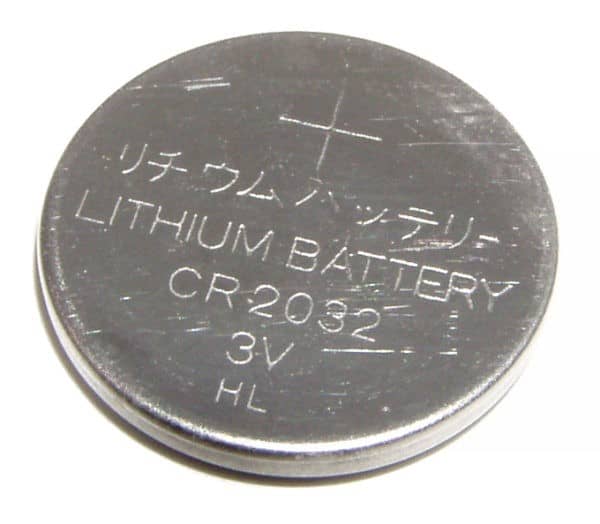University of California researchers make lithium ion batteries last 5 to 10 times longer

 Researchers at the University of California – Riverside have found an way to make lithium ion batteries last five to ten times longer, all the while solving a 40-year-old problem in battery technology.
Researchers at the University of California – Riverside have found an way to make lithium ion batteries last five to ten times longer, all the while solving a 40-year-old problem in battery technology.
The quest to build a better battery is ramping up. Consumer electronics, electric vehicles and renewable energy technologies all rely heavily on advances in energy storage, forever calling for faster, smaller and cheaper batteries. And the next big breakthrough will be huge, as the electric car industry is still waiting for science to produce a battery that will allow e-cars to compete with gasoline-powered engines both in terms of cost and how far the vehicles can go between fill-ups.
Lithium ion batteries have come a long way…
Today’s lithium ion batteries have come a long way, but being built with graphite and other carbon-based materials has its inherent limitations in terms of both energy storage and material weight, two problems that could be well-addressed by using anodes (the negatively charged side of the battery) made of lithium metal. The lightest of all the metals, lithium-based anodes could theoretically provide much more energy density than graphite anodes, but their use has been stymied going back to the 1980s when attempts to make a rechargeable metal lithium battery first began.
The problem? Energy cycling using lithium anodes tends to develop filaments called dendrites which, through repeated use, reduce battery performance, produce electrical shorting of the battery and, worse of all, can cause the cell temperature to rise up to the melting point of lithium, setting the battery on fire.
“Over the cycling process, the repeated stripping/plating of a lithium layer will form dendritic and mossy metal deposits, which will eventually penetrate through the separators and cause safety hazards,” say the authors of a new study published in the journal Chemistry of Materials.
The new approach came about when researchers coated their lithium ion battery with an organic compound called methyl viologen which form a stable coating on the metal electrode and can elminate dendrite growth, substantially increasing the battery’s life and stabilizing its performance. “Compared with the previous approaches, our strategy shows obvious advantages, such as low cost, easy manipulation, and high compatibility with current lithium ion batteries,” say the study’s authors.
Lead author of the study, Chao Wang of the Department of Chemistry at UC Riverside says the use of methyl viologen has “the potential to change the future” for lithium ion batteries and energy storage technology.
Other inroads are currently being made into metallic lithium batteries, most prominently by University of Texas professor and co-inventor of the lithium ion battery, John Goodenough. The 94-year-old recently published a paper which claims to boost battery performance by using glass to replace the liquid electrolytes inside batteries, producing a reported 10-fold increase in energy density.
Goodenough has touted the invention as the cheap, lightweight and, importantly, non-combusting metal lithium battery the world has been searching for. Yet his work has its sceptics, with some experts questioning the basic physics behind Goodenough’s experiments and asserting that the inventor is essentially offering up a perpetual motion machine.
Others such as Jeff Dahn of Dalhousie University in Halifax, Nova Scotia, are keeping optimistic. “It’s kind of like cold fusion. Here is an experiment that is unbelievable,” said Dahn, to Quartz Media. “There could be a small possibility that it is right.”

